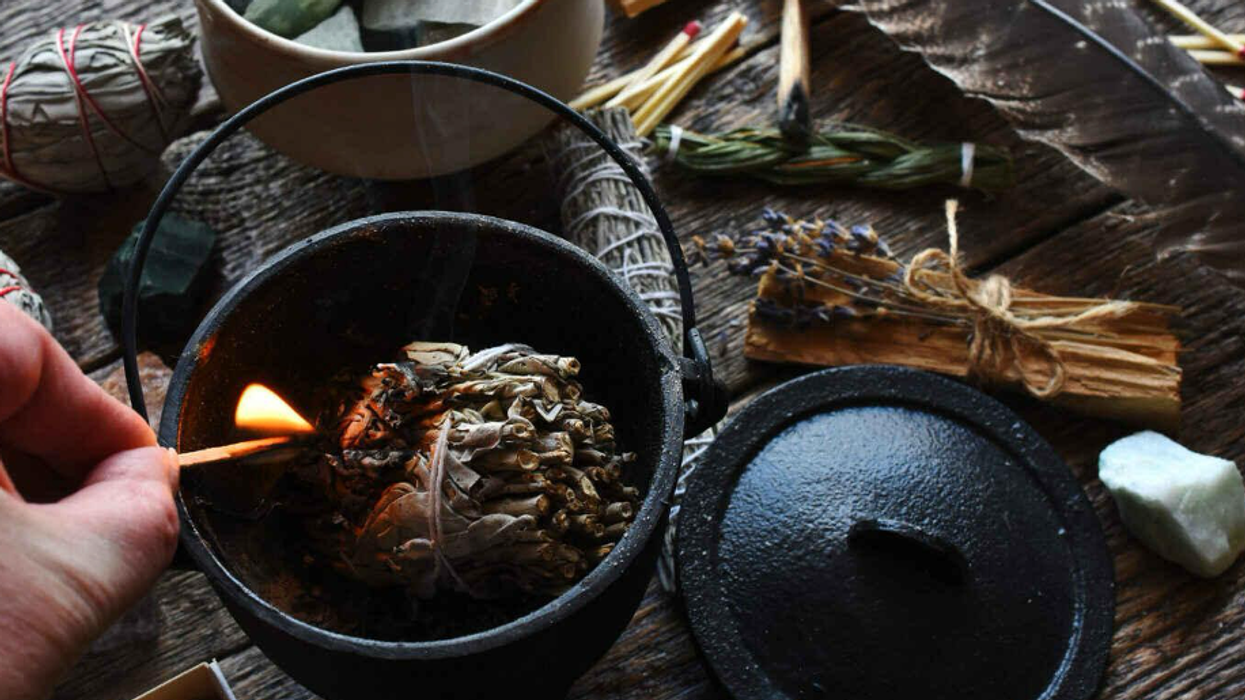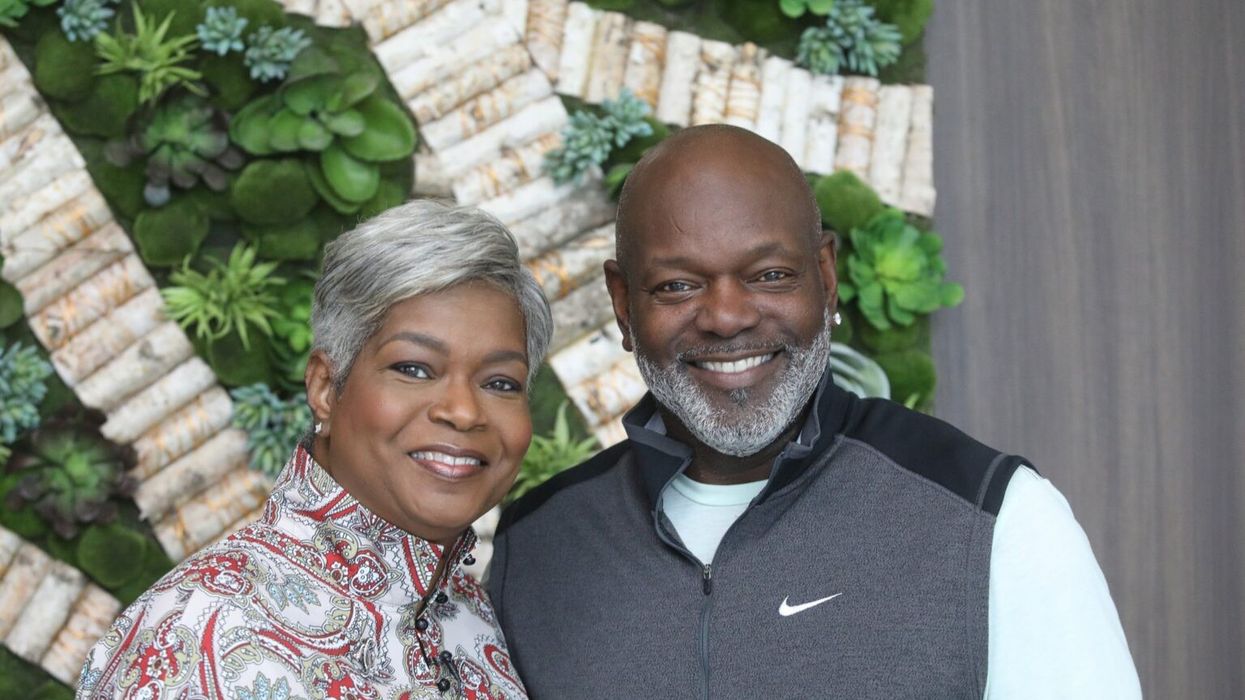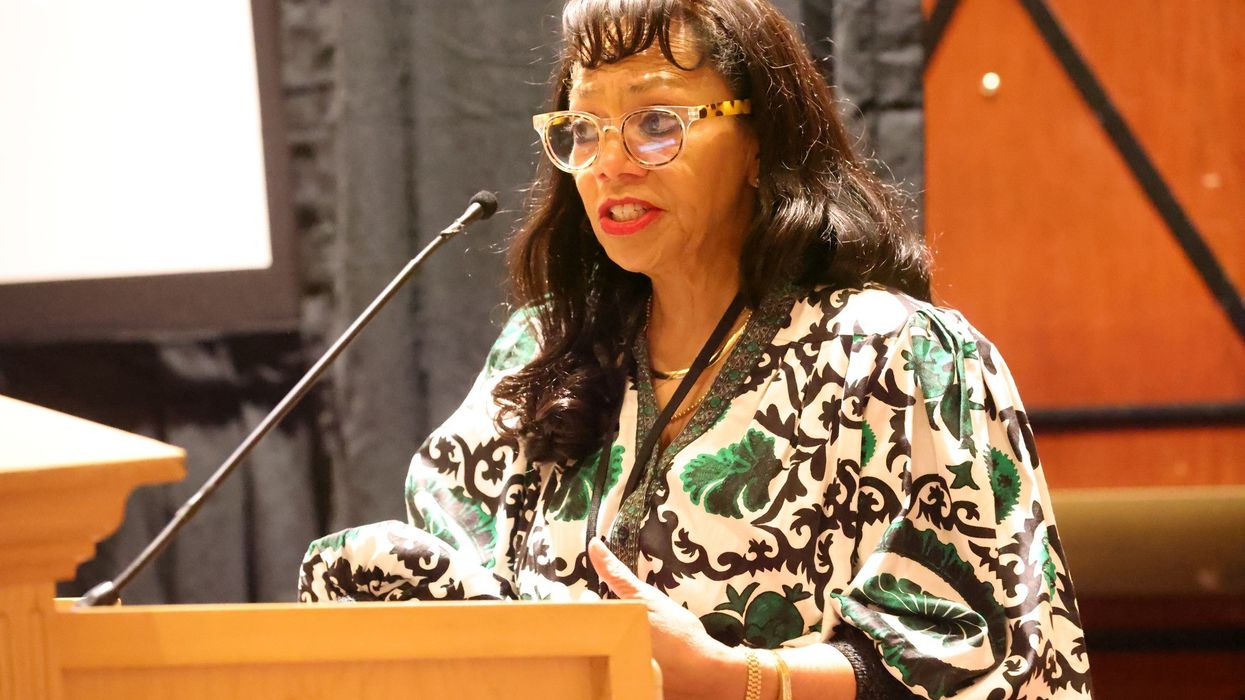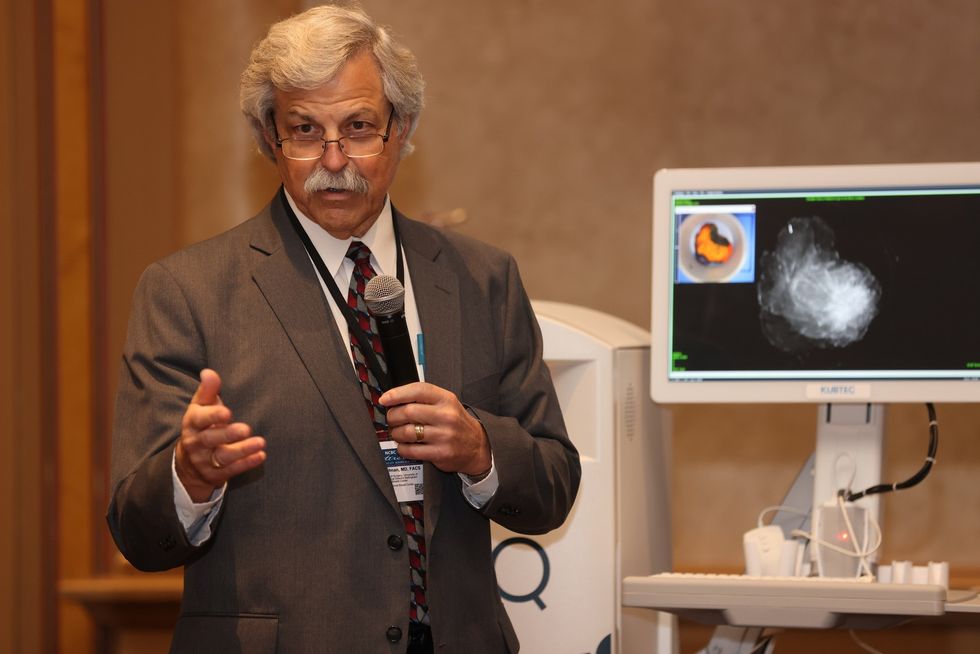The idea of wellness has taken center stage in today's world, but its definition changes from one culture to another. Modern health trends push workout plans, eating strategies, and self-care habits, while old-school healing methods give a wider more complete view of health and wellness. To grasp what health and wellness mean, we need to look past common beliefs and tap into the knowledge found in age-old cultural practices.
Various ancient healing methods see wellness as a living harmony among the mind, body, and spirit tied to nature and society. Worldwide Native medicine Ayurveda, Traditional Chinese Medicine (TCM), and other healing schools of thought offer a treasure trove of wisdom that tests and enhances modern wellness concepts. Looking into these customs can give useful health and wellness advice helping people create a deeper and more significant way to care for themselves.
What Is Health and Wellness?
Defining health and wellness goes beyond just physical health. Many cultures see true wellness as a balance of mental, emotional, and spiritual aspects. Today's world often thinks of health as not being sick, but old-school views stress preventing illness, finding balance, and staying close to nature and community.
In Ayurveda, health means a balance where your body, mind, and diet all work together. Traditional Chinese Medicine (TCM) also aims to balance energies in your body. Many indigenous healing methods include spiritual practices and rituals as key parts of wellness. These ideas show us that health and wellness involve more than just treating sickness. It's about creating long-term balance in every part of your life.
Lessons from Traditional Healing Practices
Lots of old cultures have built up rich healing traditions that still shape wellness today. These methods, based on hundreds of years of knowledge, offer different ways to look at health that can work alongside modern medicine.
In China, TCM has influenced the use of acupuncture herbal medicine, and activities like Tai Chi to keep balance and stop illness. These methods stem from the idea that Qi, or life force energy needs to move through the body for the best health. In the same way, Ayurveda in India stresses personalized health plans based on body type called doshas and pushes for herbal treatments, diet changes, and yoga as ways to stay healthy.
Native cultures worldwide have used plant-based medicines, energy-based healing methods, and group ceremonies to treat physical and mental health issues. Many African healing practices center on the idea that wellness is a shared duty incorporating techniques like drum sessions, movement therapy, and herb-based treatments. Japanese customs also provide a deep understanding of health and wellness through ideas such as Ikigai, which stresses finding life's purpose, and Shinrin-Yoku, or forest immersion, which underscores nature's healing abilities.
These different cultural views show us that wellness isn't a fixed framework but a changing idea that needs to match what individuals and communities want. Rather than using the same approach for everyone, these traditions urge us to use healing methods that fit our situations.
Getting Back in Touch with Nature and Old-School Healing
One of the biggest takeaways from traditional healing methods is how much our link to nature matters. Today's lifestyles often cut people off from the natural world, but many old cultures stress that health and wellness rely on keeping a strong bond with our surroundings.
Indigenous cultures view plants and herbs as potent healing agents valuing them for their medical benefits and spiritual importance. Many natural cures, like turmeric in Ayurveda and ginseng in TCM, remain popular nowadays. Scientists have shown that the Japanese custom of forest bathing, which urges folks to soak up nature, helps to reduce stress, boost immune system function, and improve overall health.
Apart from physical healing, many traditions stress the importance of syncing personal energy with nature's rhythms. Eating according to the seasons, a custom in both Ayurveda and Chinese medicine pushes people to tweak their diets as the environment changes to boost health. In the same way, Indigenous cultures often weave in ceremonies and rituals that match natural cycles backing up the idea that true health is linked to the world around us.
Community and the Role of Social Health
One more crucial lesson from age-old healing methods is how communities play a part in keeping people well. Many current wellness trends center on the person stressing solo care and personal health aims. Yet old cultures know that social ties and group backing are key to overall health.
In African and Native traditions, healing often involves the whole group. Things like healing circles, group rituals, and sharing stories help balance emotions and minds by making social bonds stronger. The Japanese idea of Moai, which means a lifelong support group, shows why deep long-lasting social connections matter for a rich and healthy life.
Even today, studies show that close bonds boost mental and physical health. Being alone or isolated has a link to more stress, worry, and long-term health issues. This backs up the idea that staying well isn't just about you - it's something we share. If we adopt cultural customs that put community first, we can build more lasting and rewarding ways to keep healthy and feel good.
Bringing Cultural Healing Methods into Everyday Life
As modern healthcare grows, adding old healing wisdom to our daily habits can bring big perks. We don't need to throw out new medical progress. Instead, we can pair it with proven practices that have kept people healthy for hundreds of years.
A straightforward approach to incorporating cultural healing involves mindful eating. Many traditional diets focus on whole nutrient-rich foods that feed both the body and mind. Ayurvedic teachings recommend eating based on one's dosha, while the Japanese custom of Hara Hachi Bu, eating to 80% fullness, boosts longevity and gut health.
Exercise offers another avenue where cultural wisdom can boost health and wellness. From Tai Chi to yoga to African dance many traditions foster mindful movement that syncs with the body's natural patterns. Unlike high-intensity modern workouts, these methods aim for long-term balance and gentle lasting exercise.
Spiritual and mental health also play a key part in cultural healing. Many traditional wellness systems include meditation, prayer, and rituals. These practices help people find inner peace and strength. Taking time to reflect, feel grateful, and be mindful can boost mental health and make life better overall.
Wellness isn't just a fad. It's a lifelong journey that goes beyond diets and workouts. When we look at health and wellness through a cultural lens, we tap into a rich pool of knowledge that has lasted for ages. Traditional healing methods remind us that true well-being balances the mind, body, and spirit. This balance is linked to nature and community.
Instead of just relying on modern medicine, adding cultural healing methods can give us a more complete way to stay healthy. This includes mindful eating, healing from nature, connecting with others, and thinking about spiritual things. These old ways of healing teach us a lot and can change how we see and feel wellness.
As we deal with the tricky parts of life today, looking at health and wellness in a bigger way helps us build habits that last. These habits feed not just our bodies but also our inner selves. When we learn from cultural healing ways, we can make a more even, peaceful, and rich way to be well—one that respects both old wisdom and new knowledge.
References:
- Mayo Clinic. (2021). Traditional Chinese Medicine: What You Need to Know. Retrieved from https://www.mayoclinic.org
- National Center for Complementary and Integrative Health (NCCIH). (2022). Ayurvedic Medicine: In Depth. Retrieved from https://www.nccih.nih.gov
- World Health Organization (WHO). (2023). Integrating Traditional Medicine into Modern Healthcare Systems. Retrieved from https://www.who.int
- Harvard T.H. Chan School of Public Health. (2021). The Benefits of Mindful Eating and Cultural Food Practices. Retrieved from https://www.hsph.harvard.edu
- National Library of Medicine. (2020). The Role of Social Support in Health and Well-Being. Retrieved from https://www.ncbi.nlm.nih.gov
- Japan National Tourism Organization. (2022). Shinrin-Yoku: The Science Behind Forest Bathing. Retrieved from https://www.japan.travel
- American Institute of Stress. (2021). Tai Chi and Stress Reduction: An Ancient Practice with Modern Benefits. Retrieved from https://www.stress.org









 Karla Mingo believes that her greatest gift as a cancer survivor is the ability to live with gratitude and thankfulness.
Karla Mingo believes that her greatest gift as a cancer survivor is the ability to live with gratitude and thankfulness.





 Dr. Cary S. Kaufman teaches the "Essentials of Oncoplastic Surgery" course through the National Consortium of Breast Centers, providing breast surgeons around the world with advanced techniques for optimal breast surgery outcomes.
Dr. Cary S. Kaufman teaches the "Essentials of Oncoplastic Surgery" course through the National Consortium of Breast Centers, providing breast surgeons around the world with advanced techniques for optimal breast surgery outcomes.